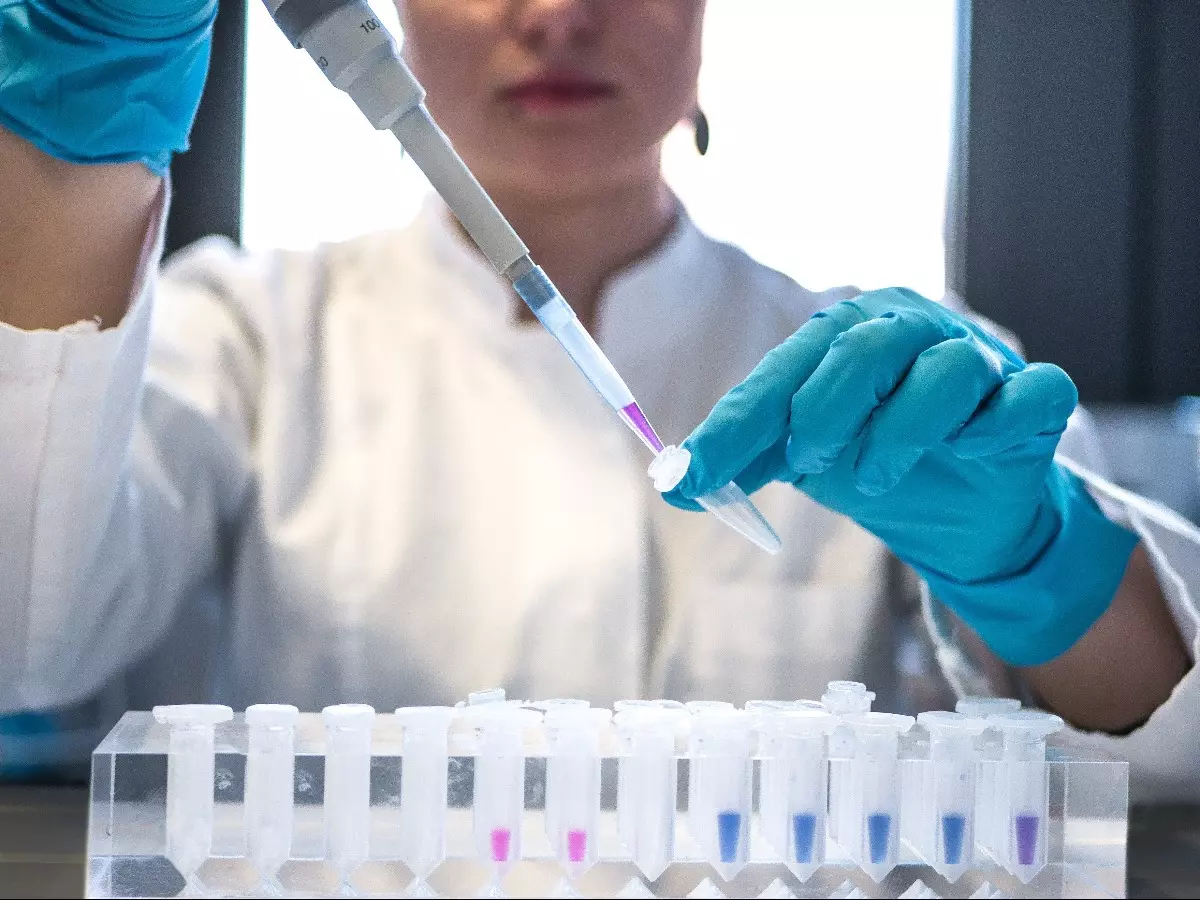Explained: China's 'Lab Leak' Theory, Did Coronavirus SARS-CoV-2 Escape From Chinese Lab
In reference to the Chinese 'lab leak' theory, the World Health Organization (WHO) recently stated that all hypotheses concerning the origin of coronavirus must be kept on the table until more data is found.

In reference to the Chinese 'lab leak' theory, the World Health Organization (WHO) recently stated that all hypotheses concerning the origin of coronavirus must be kept on the table until more data is found.
A WHO expert panel said "key pieces of data" to illustrate how the pandemic started were still missing, and they suggested a more comprehensive investigation into whether the Covid outbreak was caused by a leak from a Chinese research lab in Wuhan.
 WHO
WHO
What is China's lab leak theory?
According to the COVID-19 lab leak theory, SARS-CoV-2, the virus responsible for the coronavirus outbreak, originated in a laboratory in Wuhan, China.
The assertion that the Wuhan Institute of Virology (WIV) is located in the same town as the pandemic's first known outbreak is fundamental to the idea. The theory has also gained traction due to concerns about the Chinese administration's approach being kept secret.
 Unsplash/Representational image
Unsplash/Representational image
WIV researchers had previously sourced SARS-related coronaviruses from bats; accusations that they also conducted undisclosed unsafe tasks upon these viruses are core to a certain variant of the theory. Some variants, primarily those alleging SARS-CoV-2 genome modification, are based on speculation, misinformation, or misrepresentation of scientific proofs.
The theory that the virus was released (accidentally or intentionally) from a lab surfaced earlier than normal in the pandemic. In the spring of 2020, conservative numbers such as President Donald Trump as well as other members of the Republican Party promoted the theory, escalating tensions between the United States and China.
Politicians and news organisations widely rejected it as a hoax.
The accidental lab leak
In 2021, the theory of an accidental lab leak gained back scientific and media coverage. The WHO released a report on the origins in March, calling the probability "extremely unlikely." The study's findings, according to Director-General Tedros Adhanom, are not conclusive, and data has been withheld from investigators.
The WHO declared initiatives for a 2nd phase of investigation in June 2021, that included audit reports of research centers, which China rejected. The WHO issued a report in June 2022 urging further research into the lab leak theory.
 Unsplash/Representational image
Unsplash/Representational image
According to a WHO expert panel, "key pieces of data" to explain how the pandemic started are still missing.
According to the researchers, the group will "stay open to all scientific proof that becomes possible in the future to permit for extensive evaluation of all reasonable hypotheses."
In reaction, Zhao Lijian, a representative for the Chinese Foreign Ministry, named the lab leak theory "a lie thought up by anti-China forces for political gain, which has nothing to do with scientific knowledge."
Key arguments for a lab leak?
According to a Nature report, COVID-19 could have originated in a laboratory in a variety of ways. Researchers could have obtained SARS-CoV-2 from an animal and kept it in their lab for scientific purposes, or they could have developed it by modifying coronavirus genomes. In these circumstances, an individual in the lab could have been inadvertently or purposefully infected by the virus, spreading it to others and causing the pandemic.
Experts believe that there is no clear evidence supporting these situations at the moment, however they are not impossible.
A number of hypothesised lab origins for SARS-CoV-2 have been proposed.
 Unsplash/Representational image
Unsplash/Representational image
One point of contention is that, nearly a year and a half into the pandemic, SARS-closest CoV-2's relative has yet to be discovered in an animal. Another theory is that COVID-19 was discovered in Wuhan, home to the WIV, a leading coronavirus research facility.
Some supporters of lab-leaks argue that the virus has unusual characteristics and genetic sequences that indicate it was engineered by humans. Some argue that SARS-CoV-2 spreads so easily that it must have been designed with that goal in mind. Another theory is that SARS-CoV-2 was deduced from coronaviruses discovered in an unused mine in which WIV scientists gathered bat specimens between 2012 and 2015.
Why does it matter?
Many aspects of the Covid fight are unaffected by the virus's origin. Travel restrictions, testing, contact tracing, social distancing, ventilation, and masking remain the most effective mitigation techniques.
However, aside from the intrinsic value of truth, there are at least 3 concrete methods wherein the origin matters.
 Unsplash/Representational image
Unsplash/Representational image
First, if the virus truly developed in a laboratory, an immediate disclosure of the details could have resulted in even speedier vaccine development and more effective treatments.
Second, a leak that killed millions could result in considerable changes to laboratory precautionary measures.
Third, confirmation of a leak would have an impact on the world's perception of China, putting pressure on China to bear the burden of vaccinating the world as soon as possible.
For more on news and current affairs from around the world please visit Indiatimes News.
